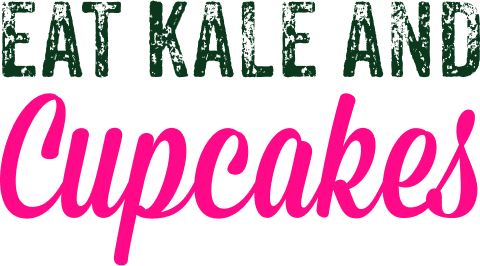How to Move Towards Mindful Eating of All Foods
by Laura Cipullo, Whole Nutrition Services Team
Food is fuel. It’s there to keep us alive and nourish us. But often we don’t use it that way. Instead we turn to food to soothe ourselves when we’ve had a bad day, to occupy us when we’re bored, to make us feel good when we want to celebrate, or to punish ourselves when we’ve “cheated.” (“I’ve already had half those chips, might as well finish the whole can.”) Sometimes, we eat simply because we know how good it tastes and want to experience that wonderful pleasure over and over again. This can be hedonic hunger. Sometimes, it’s a behavioral thing. For instance, you are used to eating a dozen cookies every day at 4pm to fight tiredness, and now you’ve come to expect it and eat it automatically. This is mindless eating. But you can change your eating behaviors! You can become a mindful eater.
Steps to Mindful Eating
Step 1. Watch the Mindful Meal Log Video (see above) and Download the Mindful Meal Logs.
In the Women’s Health Body Clock Diet, I include a Mindful Meal Log. The Mindful Meal Log is an essential tool for mindful eating. It allows you to identify what hunger you are responding to (Emotional, Behavioral or Physical) and to then make a decision to eat. The logs help you understand without judgment what foods keep you full and what foods or even time of day may trigger you. This is one of my favorite tools as it unveils behaviors and the feelings surrounding them. Once you recognize your patterns, you can decide whether they are helpful or hindering. You become mindful of how you eat, why you eat and what you are eating.
It’s pretty simple.
Step 2. Use the Mindful Meal Log.
- Start by filling out the time of day.
- Make a note of the type of hunger you’re feeling. Is it emotional, behavioral or physical? (Learn more on identifying hunger type here.)
- Decide whether to use the Comfort Card. (More on that below.)
- Once you master identifying the three types of hunger, you move onto identifying hunger and fullness cues.
- Write down the thoughts, feelings and behaviors that occur before you eat, and what food you are about to eat.
- Next, note how hungry or full you feel upon completing the meal as well as any thoughts, feelings or behaviors.
Step 3. Review and set new intentions around eating based on what you learned from your logs.
After you accumulate three to seven days of logs, consult your logs for trends concerning foods, behaviors and emotions that may help you make future decisions surrounding your food choices. In session, many of my clients share their meal logs with me, and we do this together. Be gentle on yourself. The logs serve as a vehicle to educate yourself and learn from. Do not bash yourself for overeating. Rather observe what foods and feelings surrounded that particular eating experience.
Science backs mindful eating: A study by National Institutes of Health found that mindfulness-based intervention can reduce bingeing episodes from four to one a week. The logs work best when used in conjunction with other tools such as the Body Clock’s Comfort Card (download here). The Comfort Card is a tool that offers fun alternatives to mindless eating.
Check out the videos, and download your free mindful meal log and comfort card on my site. Of course, you can get the book if you want to tie it all together. Start noticing your unique eating patterns, stop feeling bad and practice guilt-free mindful eating with me this 2016.
For daily support, follow me on Twitter @MomDishesItOut, Facebook at Laura Cipullo Whole Nutrition Services and Instagram, also under momdishesitout.
To get a first look at videos, special savings, and words of wisdom, be sure to subscribe to my updates on my home page (bottom right corner, under Get Laura’s Weekly Email).







